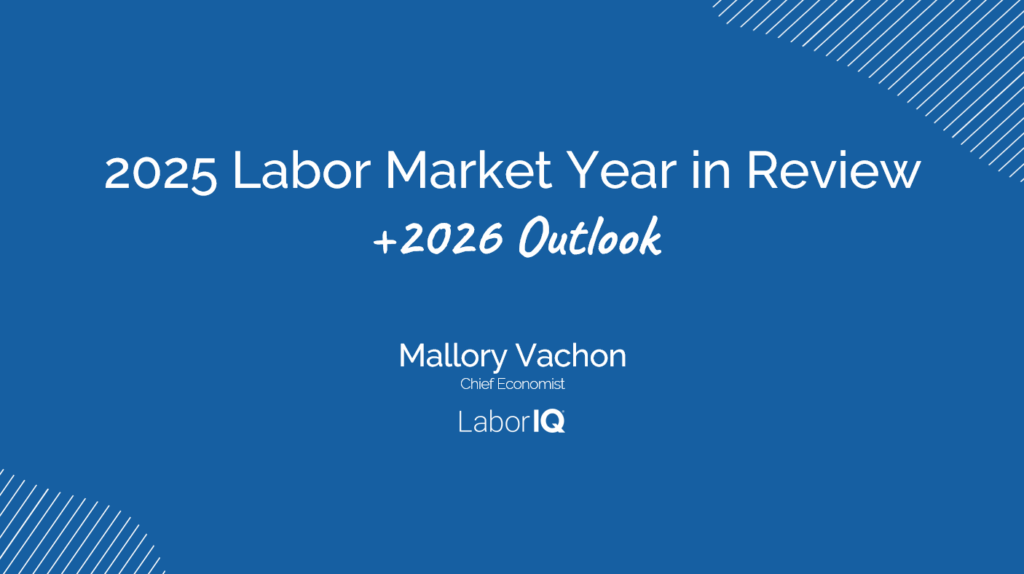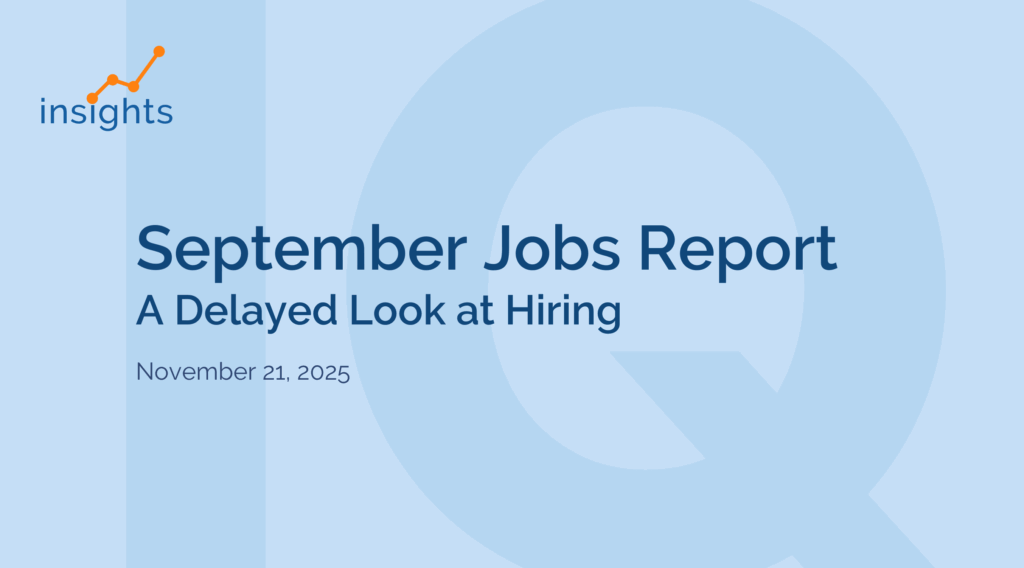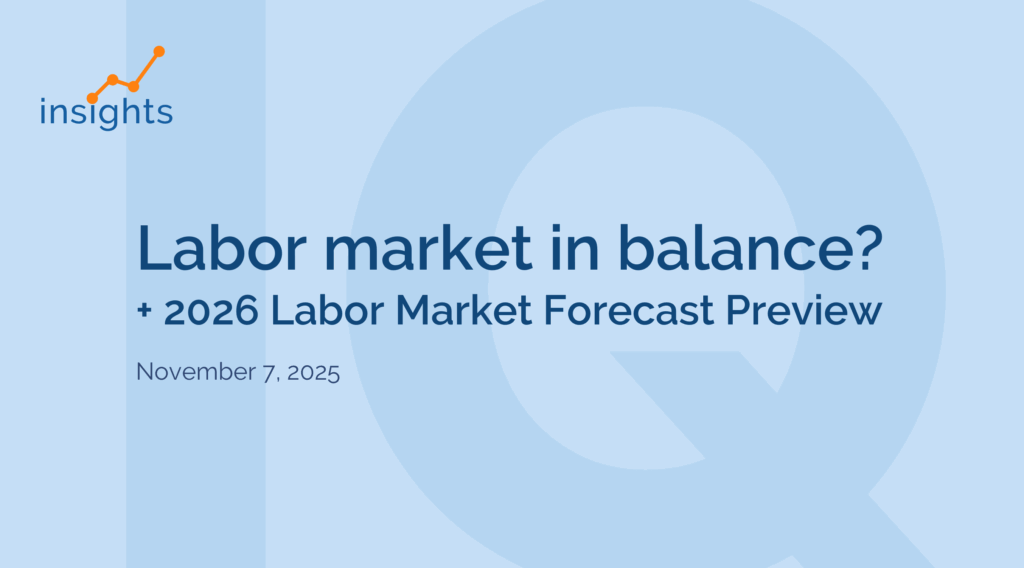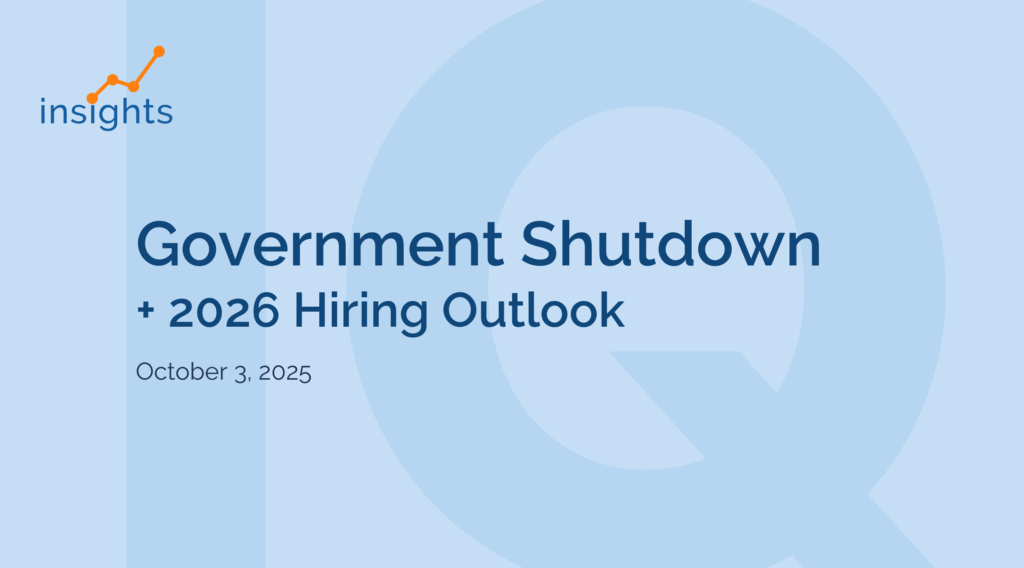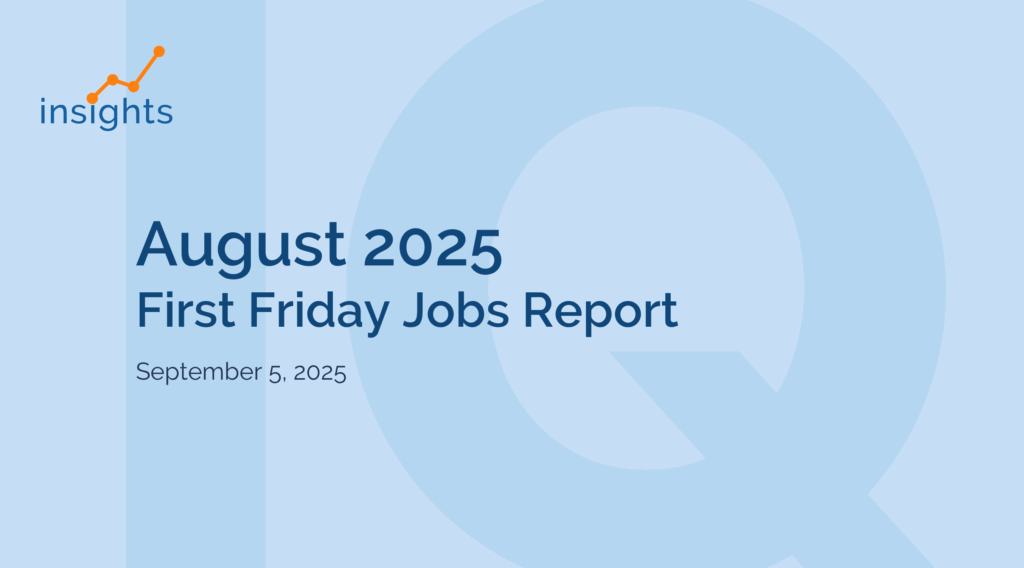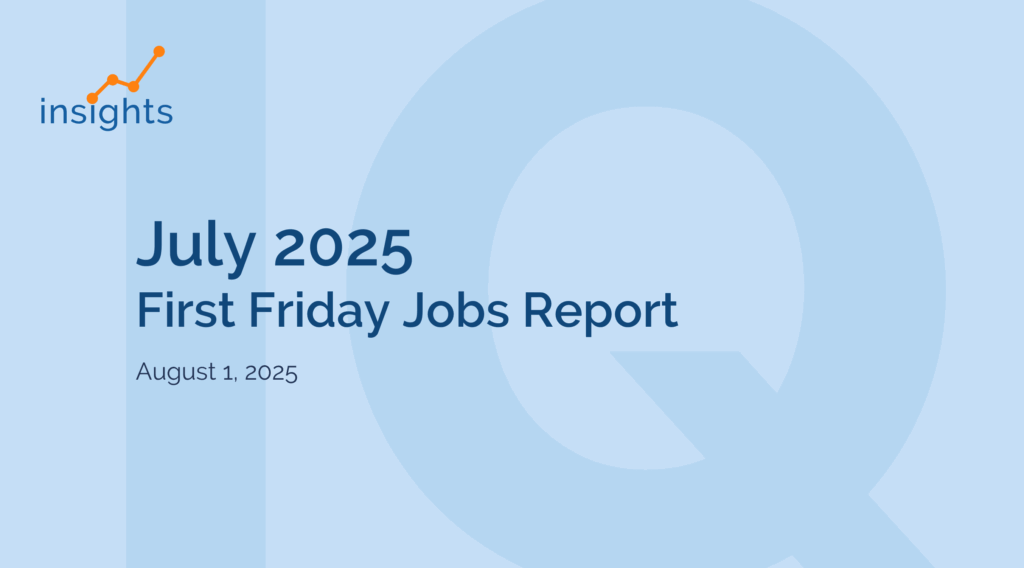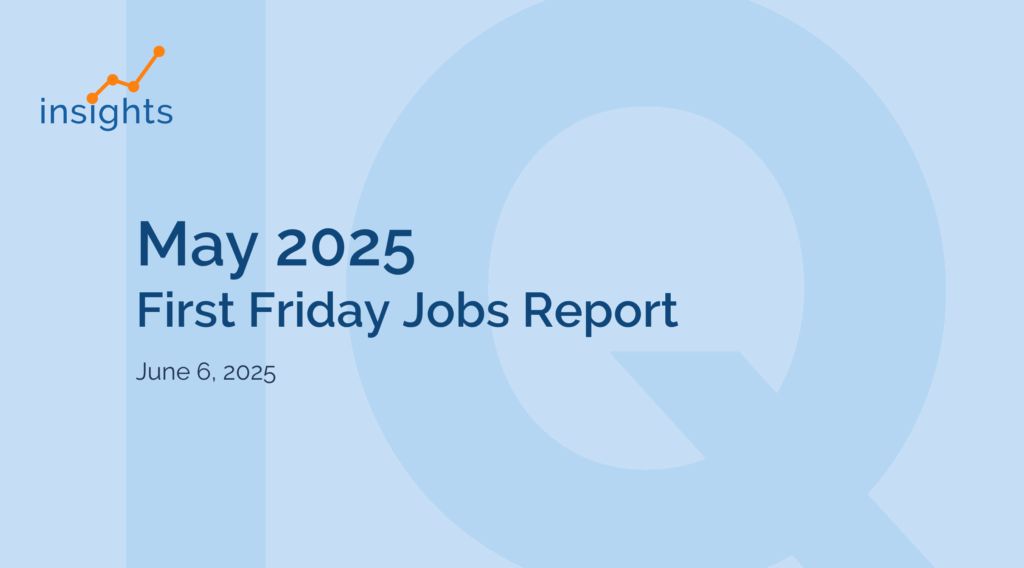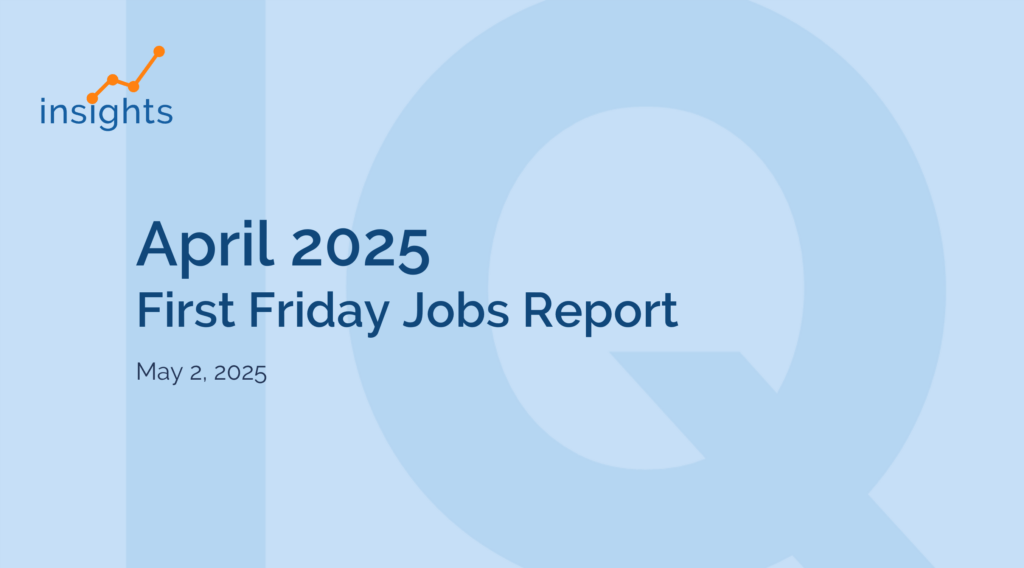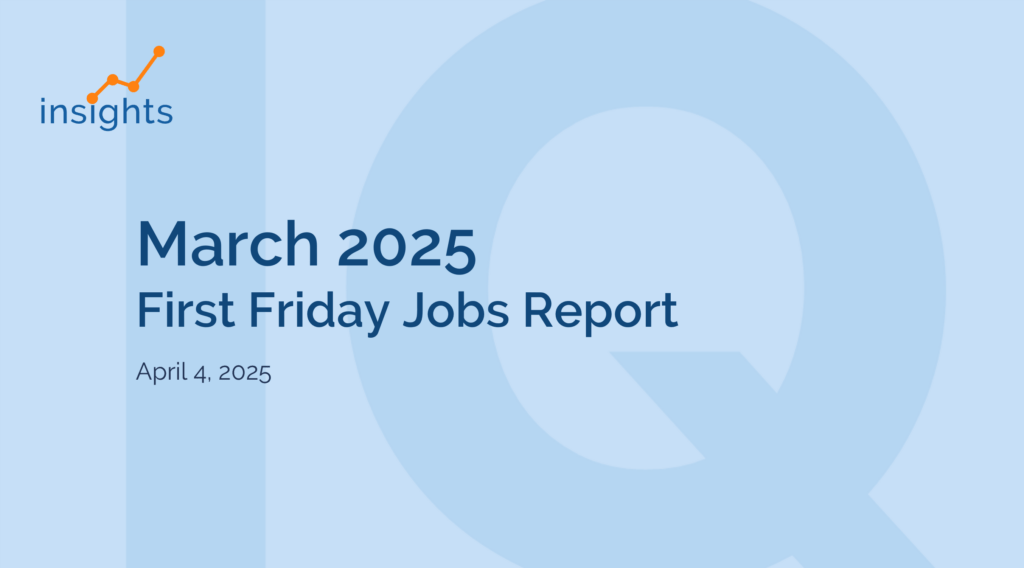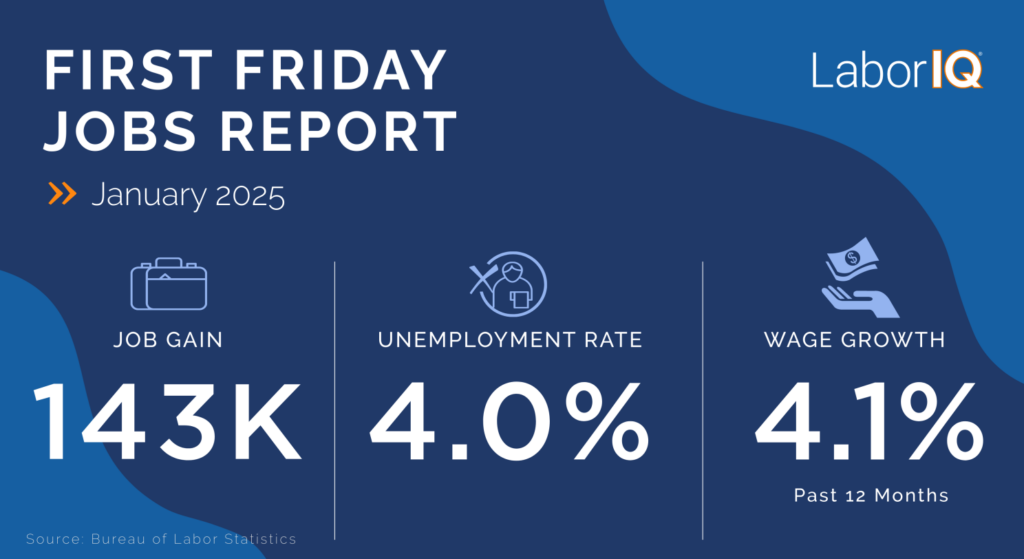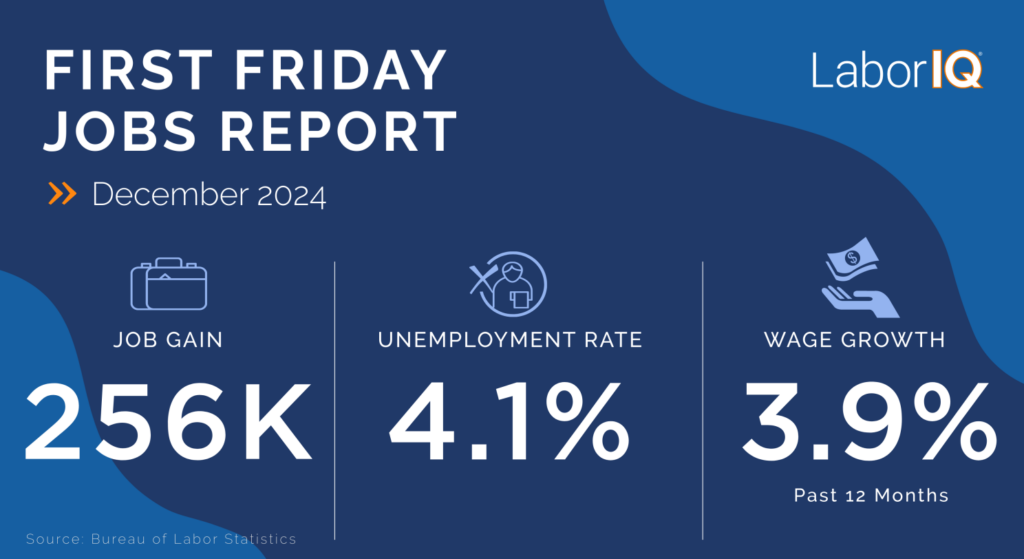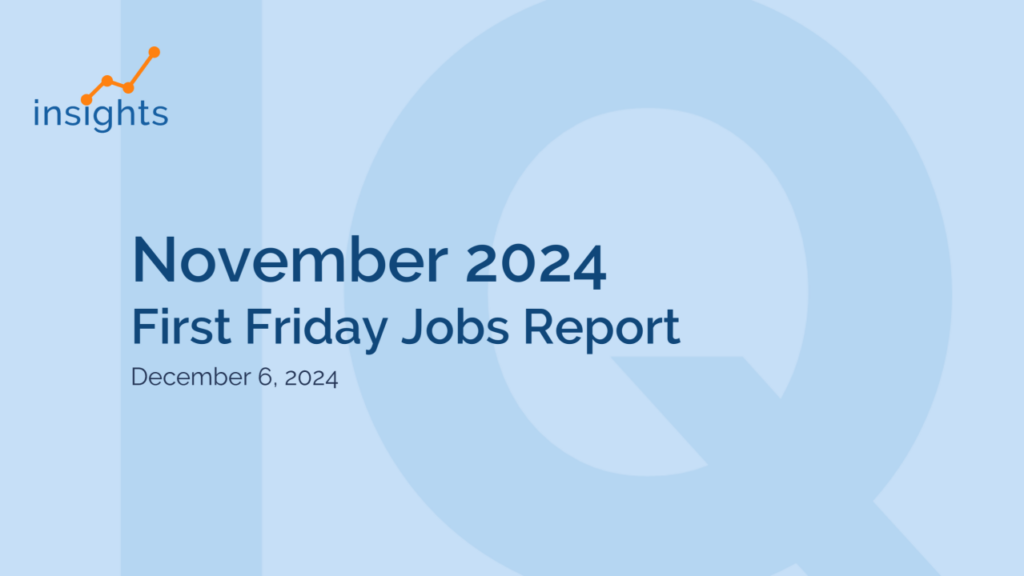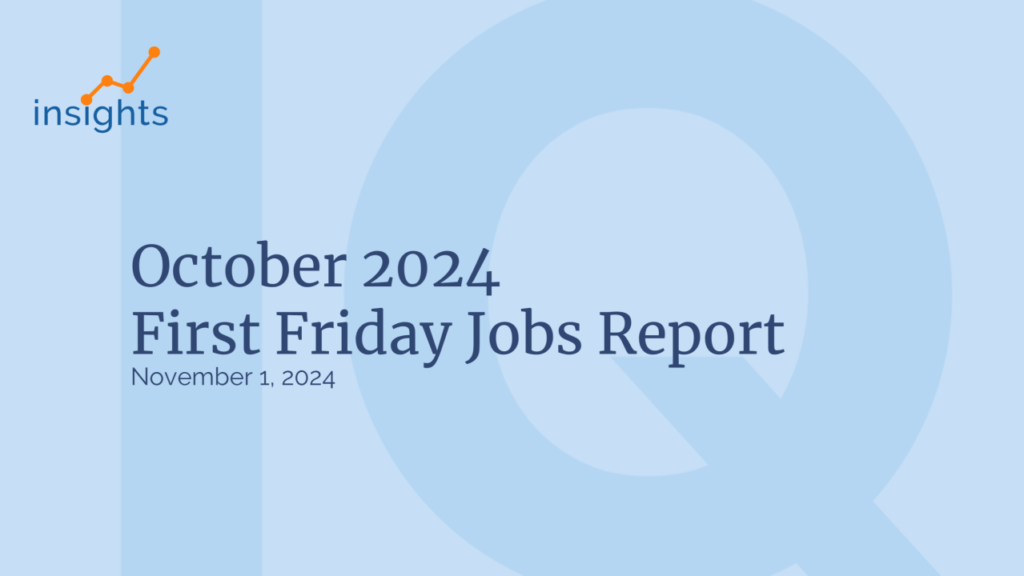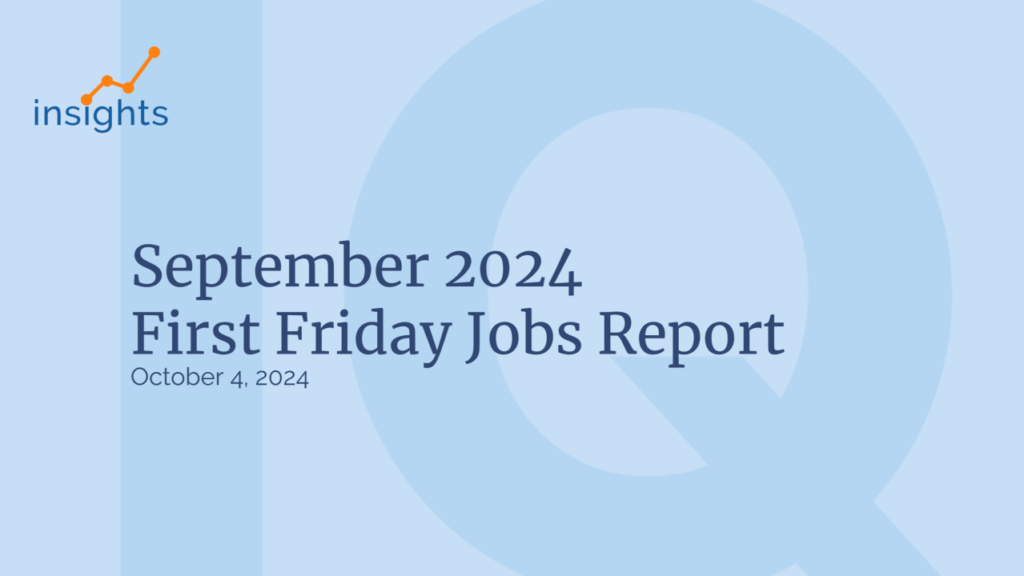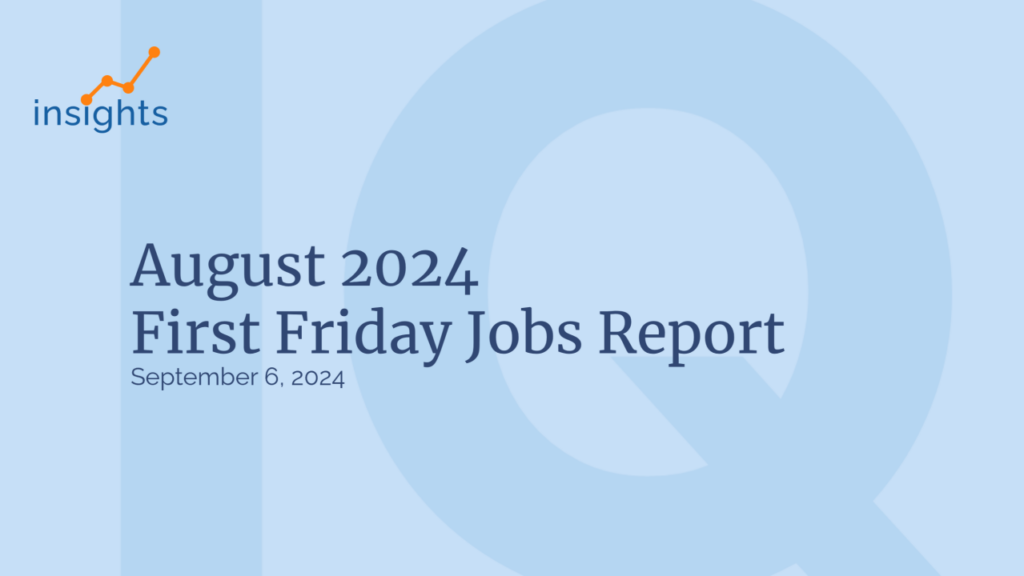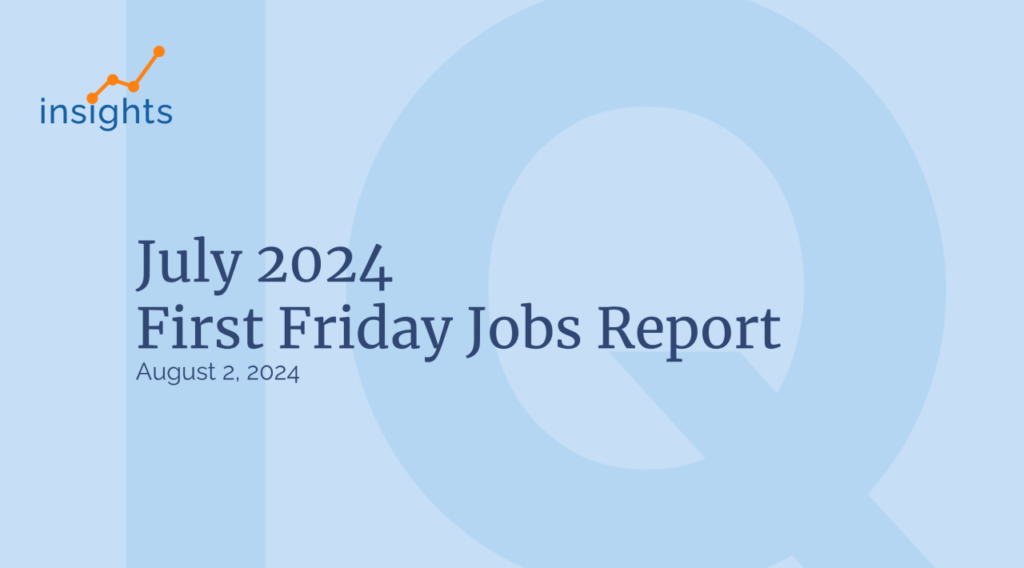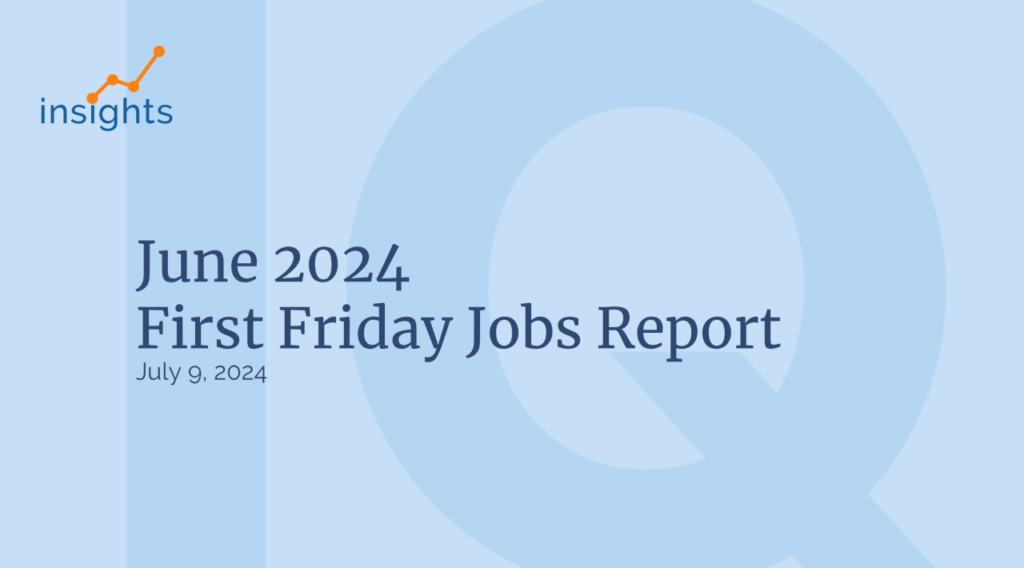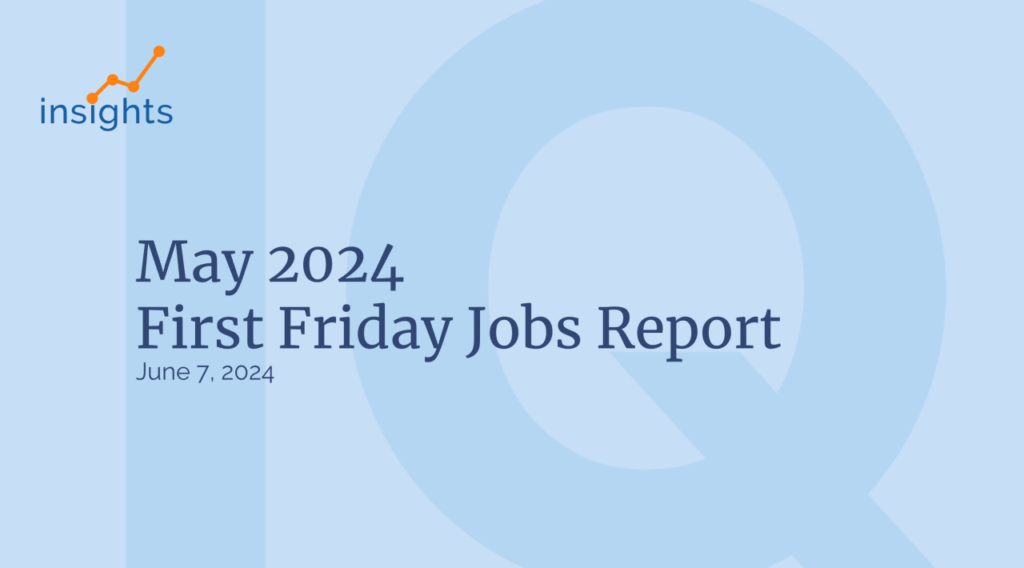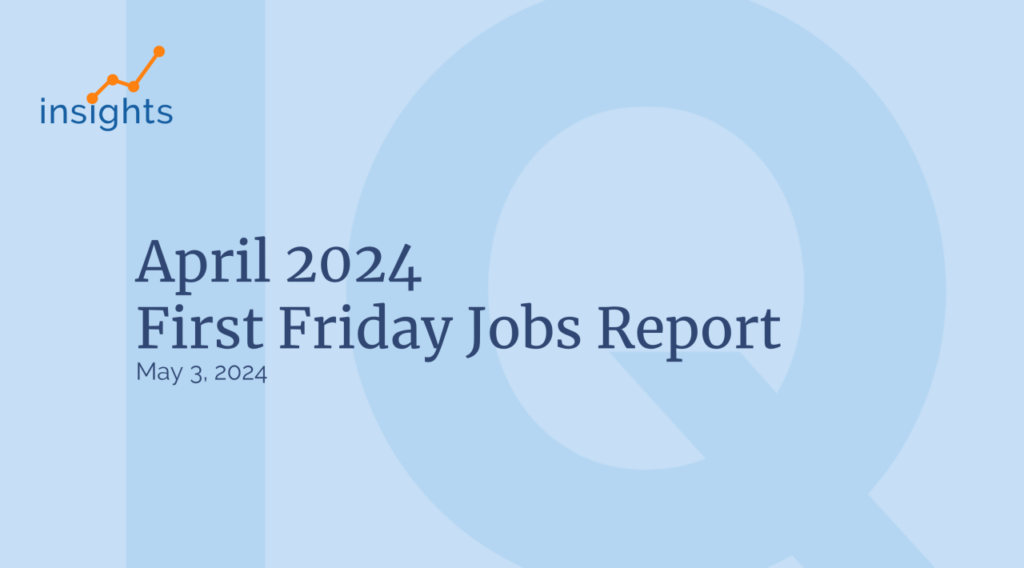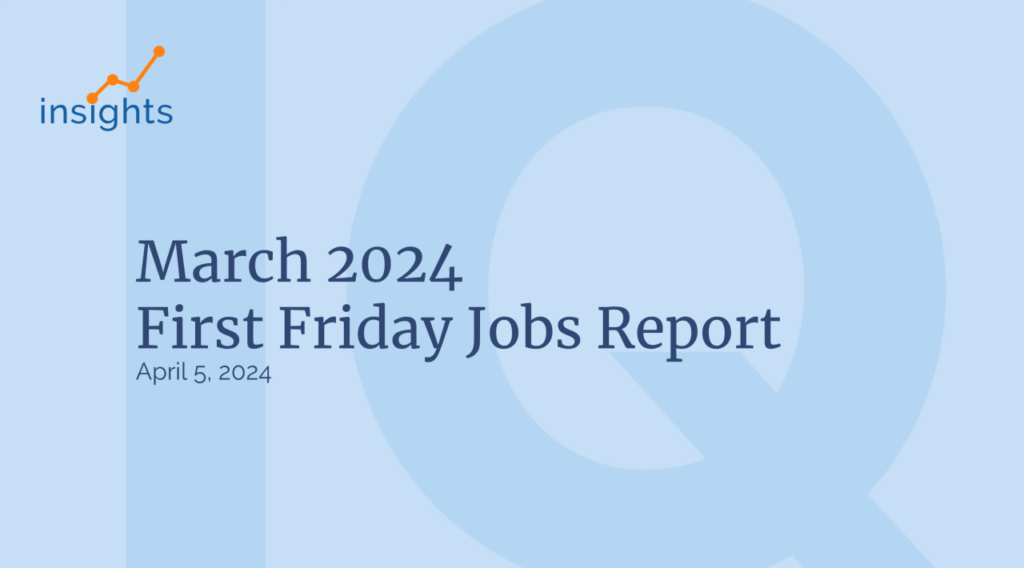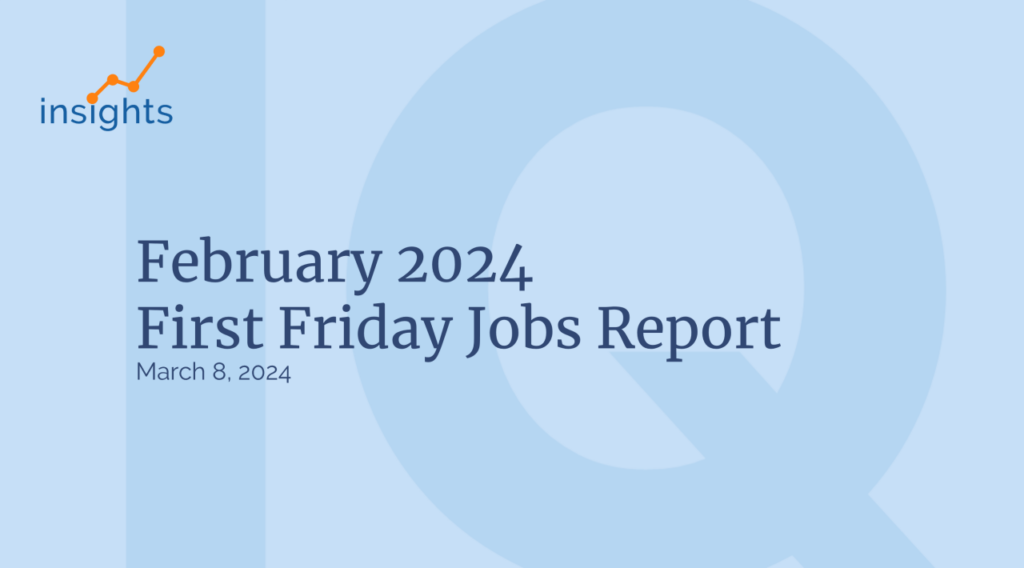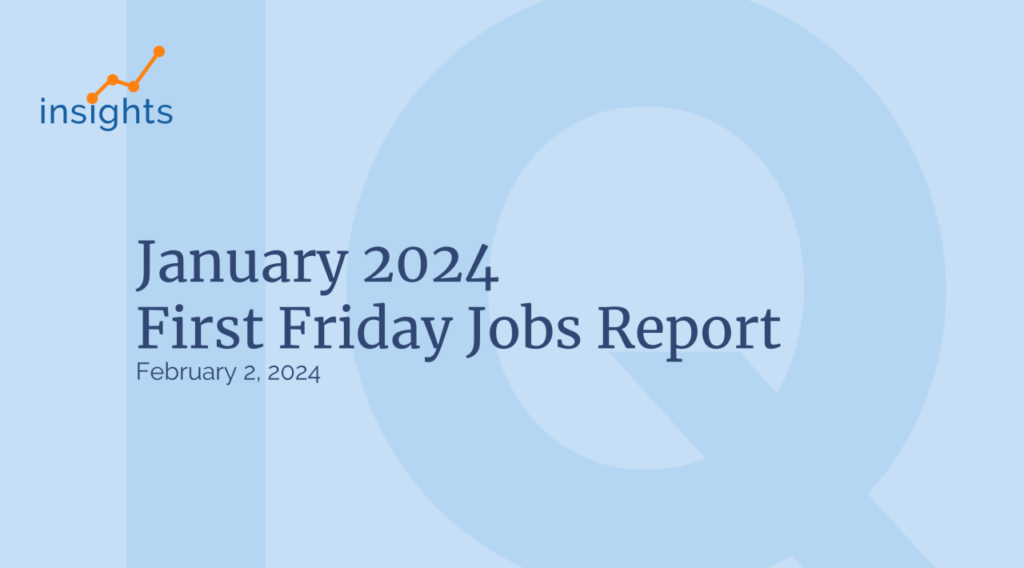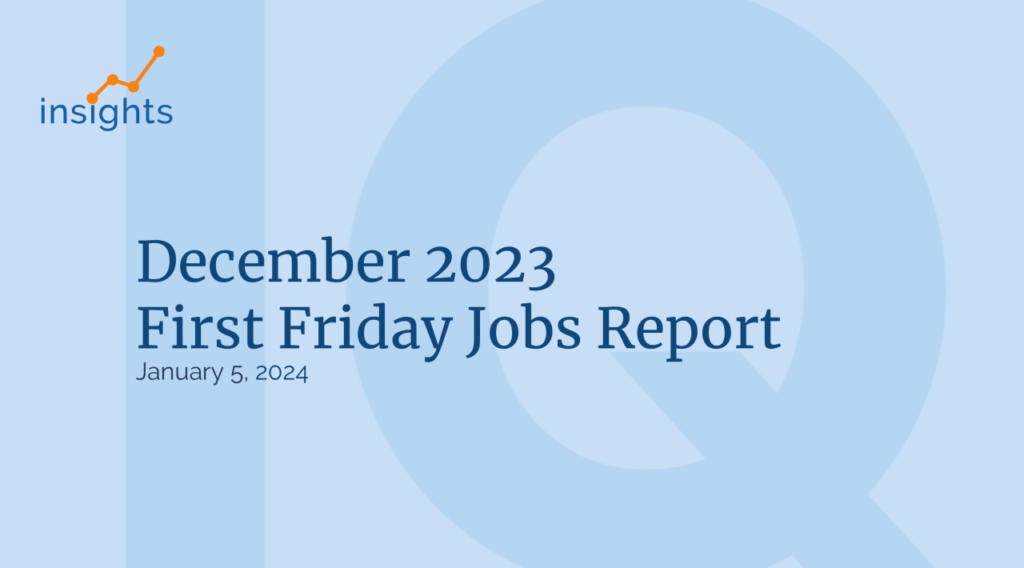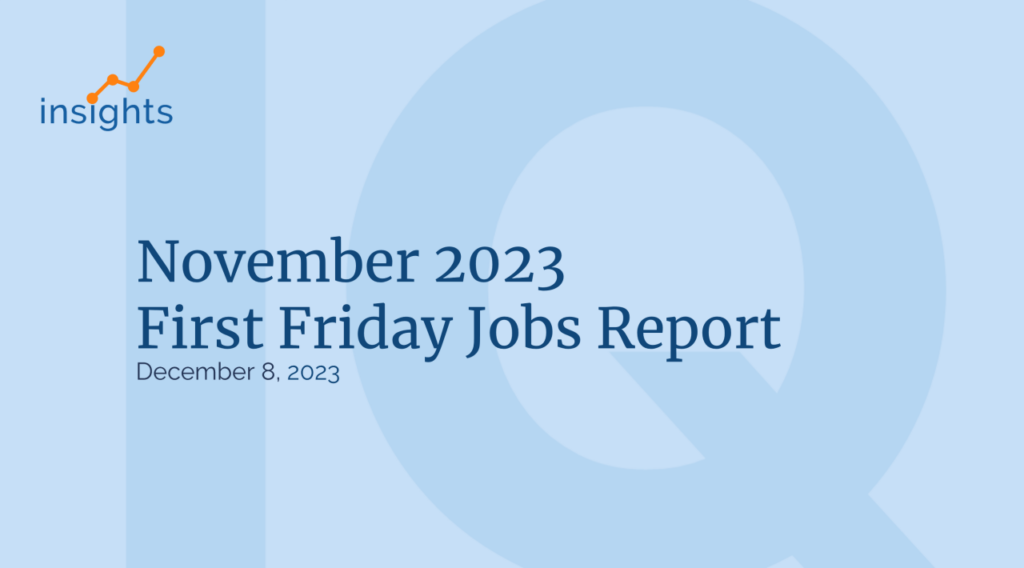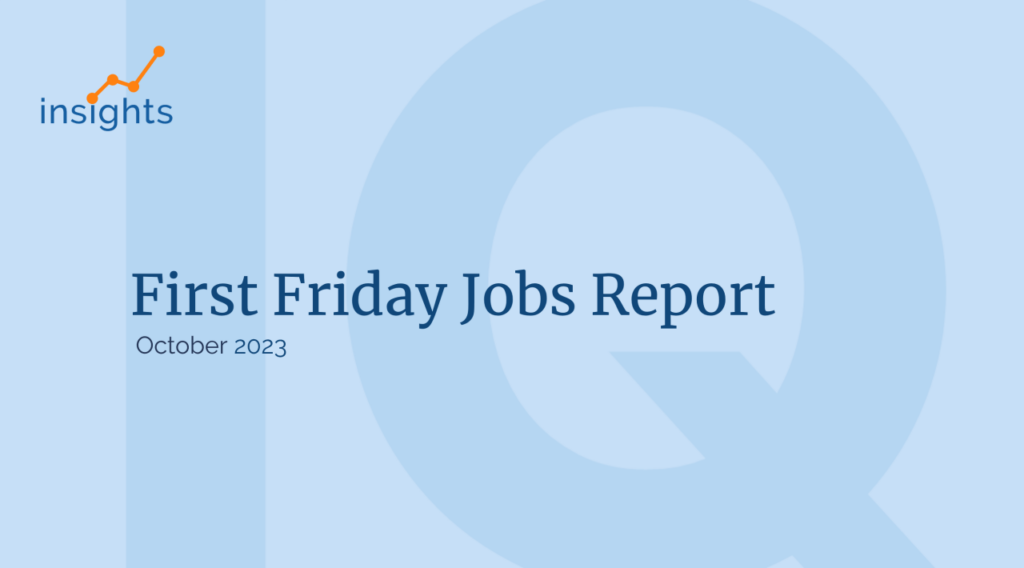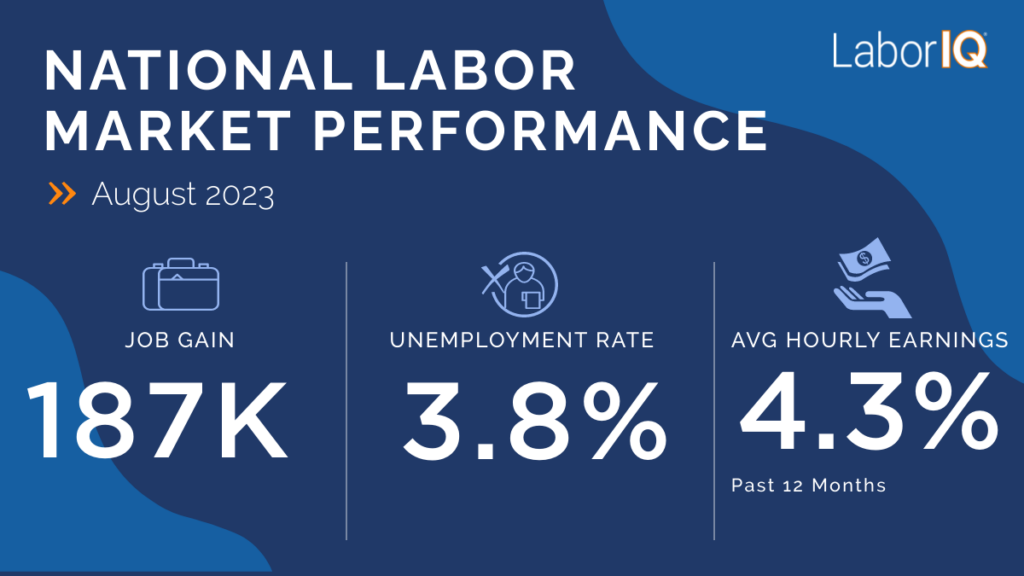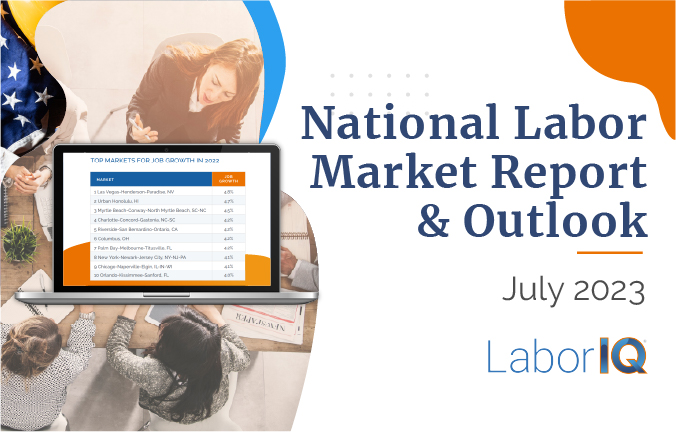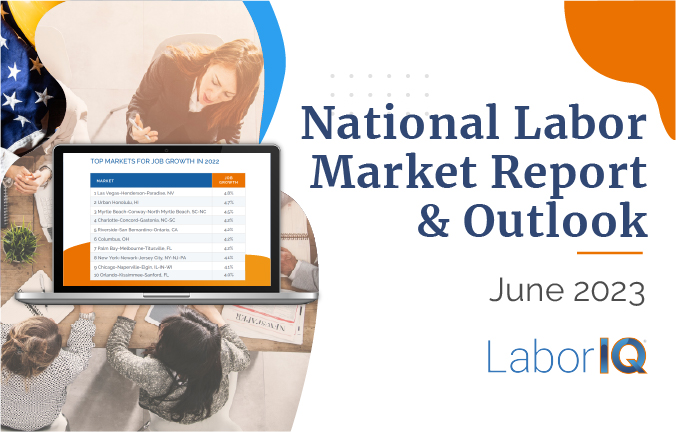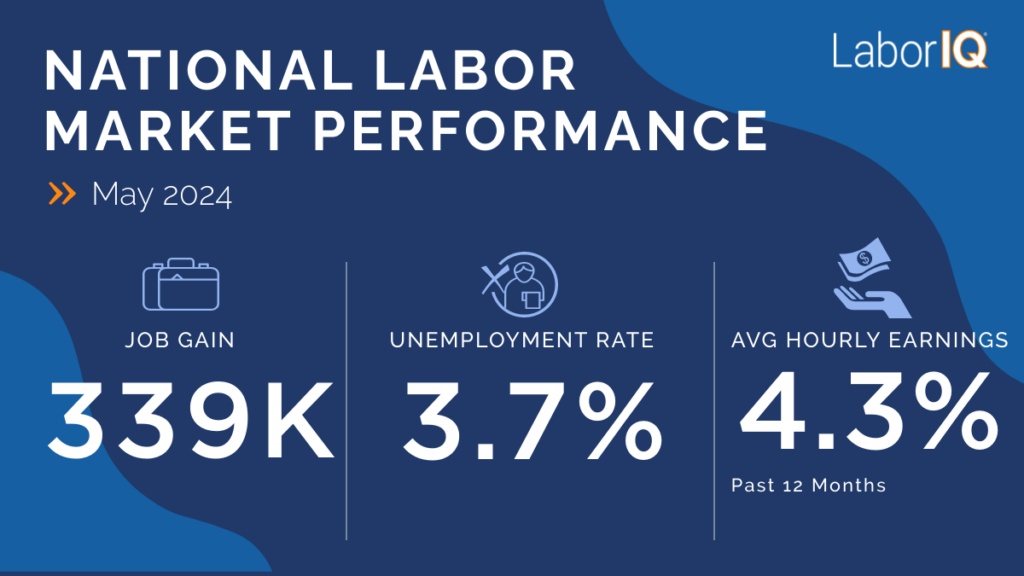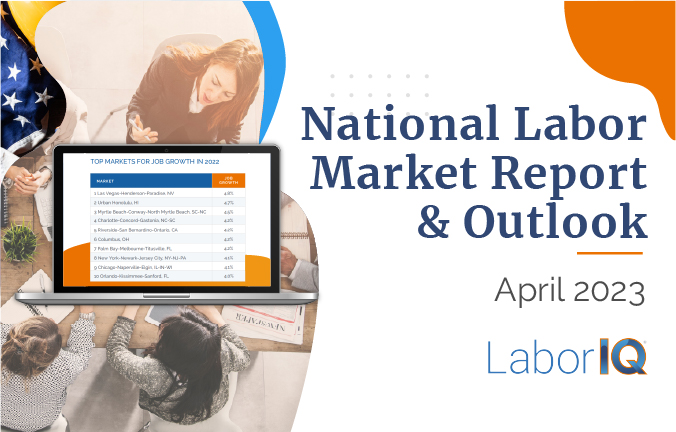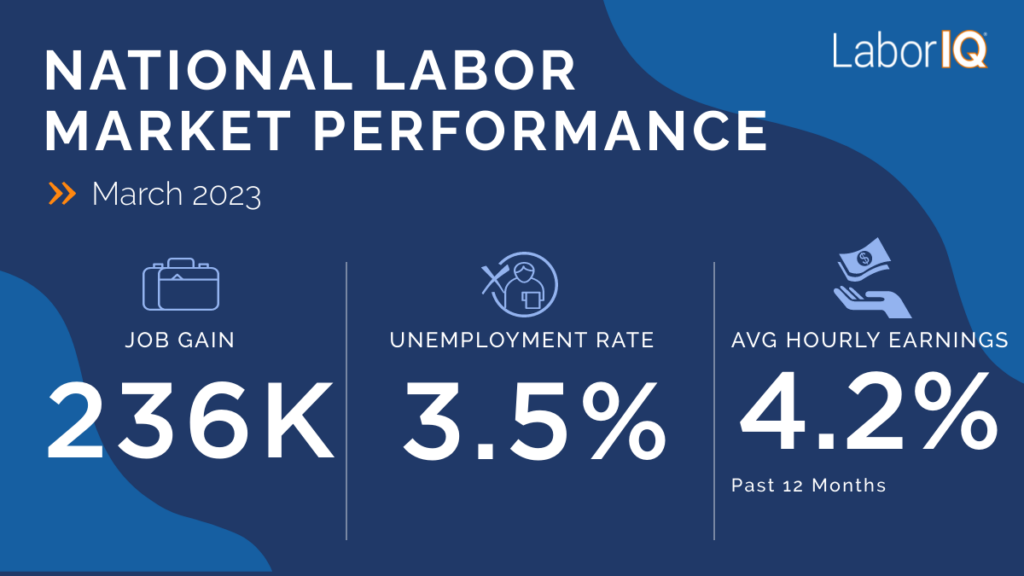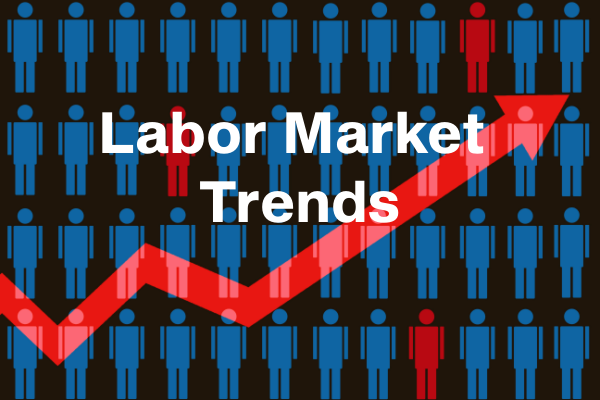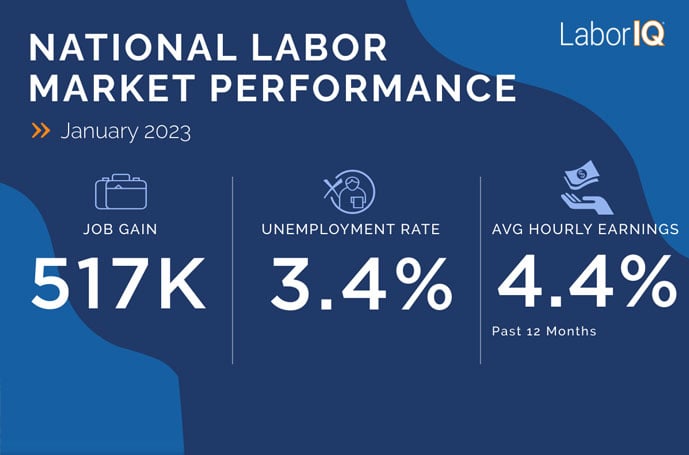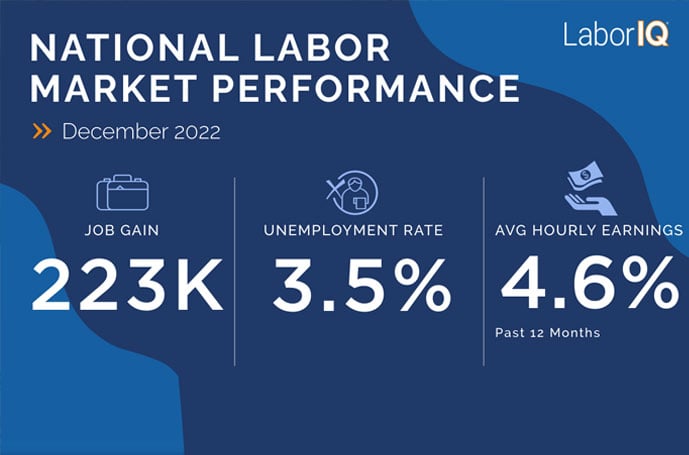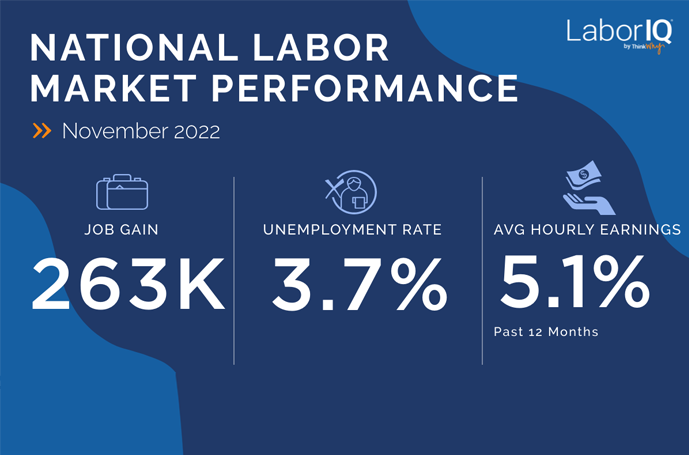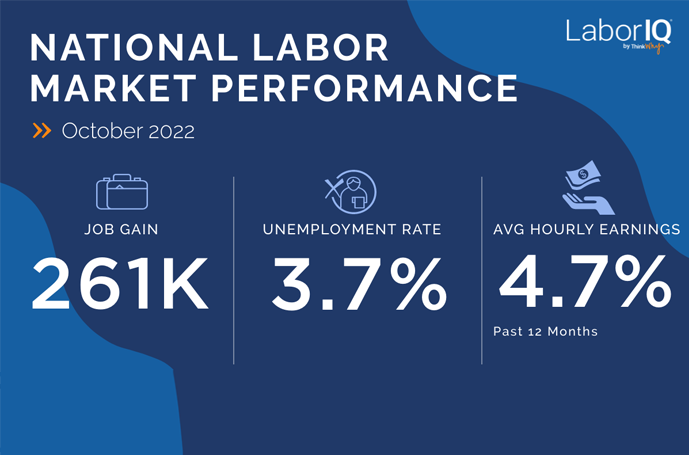The Raleigh metropolitan area emerges as a top-tier destination for business expansion and talent acquisition, ranking an impressive #3 overall in the LaborIQ Index among 150 major U.S. metropolitan markets. With its exceptional combination of high educational attainment, robust wage growth, and strong post-pandemic recovery, Raleigh offers HR professionals access to one of America’s most dynamic and educated workforces in the heart of North Carolina’s Research Triangle.
Labor Market Excellence and National Rankings
Raleigh’s #3 composite ranking in the LaborIQ Index highlights a high-performing labor market with strong fundamentals across employment, education, and economic indicators. This elite positioning places Raleigh among the nation’s premier employment destinations, outperforming 147 other major metropolitan areas across comprehensive economic indicators spanning labor markets, industries, demographics, and university systems.
The metropolitan area’s working-age population of 657,009 (ranking 39th nationally) provides substantial talent depth while maintaining the agility and collaboration advantages of a mid-sized market. This scale offers companies access to specialized professionals without the infrastructure congestion and competition intensity of mega-metropolitan areas.
Educational Excellence and Talent Pipeline
Raleigh’s educational landscape represents a standout competitive advantage. With 43.6% of the population holding bachelor’s degrees or higher, the metro area ranks an exceptional 8th nationally for educational attainment. This high-education workforce directly supports knowledge-intensive industries including technology, biotechnology, research and development, and professional services.
The Research Triangle, anchored by Duke University, University of North Carolina at Chapel Hill, and North Carolina State University, creates an unparalleled talent pipeline. Annual graduation growth of 4.4% (ranking 34th) ensures continuous renewal of the skilled workforce, while the concentration of 32,465 college degree holders provides immediate access to qualified professionals across multiple disciplines.
Migration Patterns and Talent Attraction
Raleigh demonstrates strong magnetic appeal for professional talent, attracting 20,066 net new residents annually and ranking 15th nationally for net migration. This sustained influx represents quality professional relocation driven by career opportunities, research institutions, and quality of life factors. The migration pattern creates a continuously refreshing talent pool, bringing diverse expertise and perspectives from across the United States.
Population growth of 1.4% annually (ranking 15th) indicates healthy expansion that supports business growth without the infrastructure strain or housing cost escalation affecting other high-growth markets like Austin or Nashville.
Compensation Leadership and Wage Dynamics
Raleigh’s compensation landscape offers compelling advantages for both employers and employees. Average wages of $35.76 per hour rank 26th nationally, providing competitive compensation while maintaining cost advantages over traditional high-tech markets. More importantly, wage growth of 7.5% ranks an impressive 13th nationally, significantly outpacing inflation and indicating genuine purchasing power improvements for employees.
Raleigh’s wage growth enables employers to attract talent with competitive offers while supporting employees’ long-term compensation growth.
Employment Growth and Economic Resilience
The metropolitan area demonstrates solid job creation with 13,200 annual job gains (ranking 28th) and job growth of 1.8% (ranking 39th). While not the highest in absolute terms, this measured growth supports sustainable employment relationships and career development opportunities without the volatility affecting boom-bust markets.
Raleigh’s post-pandemic recovery performance stands out dramatically, achieving 113.8% of pre-pandemic employment levels and ranking 8th nationally. This recovery strength demonstrates economic resilience, diversification, and adaptability that reduces business risk for companies establishing operations in the region.
Industry Leadership and Sectoral Opportunities
The Research Triangle has evolved into a global hub for biotechnology, pharmaceuticals, technology, and advanced manufacturing. Major employers including SAS Institute, Red Hat, Cisco, GlaxoSmithKline, and Credit Suisse create industry clustering effects that benefit recruitment strategies across multiple sectors.
Recent business developments include Apple’s $1 billion campus investment, Google’s continued expansion, and MetLife’s regional headquarters establishment. The region’s concentration of clinical research organizations (CROs) and pharmaceutical companies creates substantial opportunities in life sciences, regulatory affairs, and healthcare technology.
Strategic HR Recommendations
Organizations should leverage Raleigh’s educational excellence by developing partnerships with Research Triangle universities for internship programs, research collaborations, and talent pipeline development. The region’s high educational attainment enables companies to implement sophisticated training programs and career advancement pathways.
Companies should also capitalize on Raleigh’s migration patterns by developing relocation assistance programs targeting professionals from higher-cost markets. The combination of competitive wages, lower living costs, and superior quality of life creates compelling value propositions for talent acquisition from coastal markets.
Conclusion
Raleigh represents an optimal convergence of educational excellence, economic growth, and talent attraction for HR professionals and business leaders. The metropolitan area’s #3 LaborIQ ranking validates its position as one of America’s premier labor markets, offering the infrastructure, talent quality, and growth trajectory necessary for sustainable business success. As companies navigate workforce planning in an increasingly competitive talent environment, Raleigh provides the educational foundation, wage growth potential, and economic resilience required for long-term organizational growth.
Sources:
- LaborIQ Metropolitan Area Rankings 2024-2025: https://www.laboriq.com/
- U.S. Bureau of Labor Statistics Southeast Region Data: https://www.bls.gov/bls/blswage.htm
- Research Triangle Regional Partnership: https://www.researchtriangle.org/
- Greater Raleigh Chamber of Commerce: https://www.raleighchamber.org/
- North Carolina Department of Commerce: https://www.nccommerce.com/
- U.S. Census Bureau American Community Survey: https://www.census.gov/programs-surveys/acs/
- Federal Reserve Bank of Richmond Economic Data: https://www.richmondfed.org/
- Triangle Business Journal: https://www.bizjournals.com/triangle/


